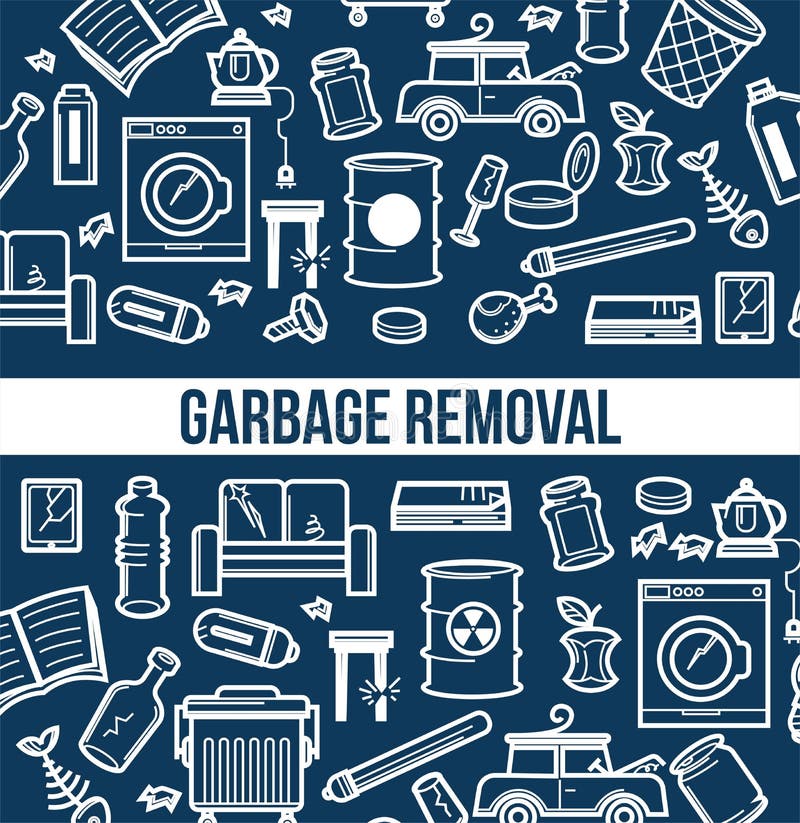Discover The Tricks To Selecting The Ideal Dumpster Size For Your Job, Guaranteeing Both Efficiency And Cost Financial Savings In This Detailed Guide
Discover The Tricks To Selecting The Ideal Dumpster Size For Your Job, Guaranteeing Both Efficiency And Cost Financial Savings In This Detailed Guide
Blog Article
Post By-Finnegan Fisher
When embarking on a task that requires a dumpster, the dimension you pick can considerably influence its performance and cost-effectiveness. Picture having the ideal container that accommodates all your waste without being excessively large or also small. It all starts with comprehending the nuances of your job and picking a dumpster dimension that straightens with your particular needs. So, before you decide, consider the elements at play to make certain a smooth waste management process throughout.
Variables to Take into consideration
When selecting the right dumpster size, there are a number of key aspects to take into consideration.
Initially, think of the kind of waste you'll be taking care of. Different materials may need varying quantities of room, so comprehending what you'll be putting in the dumpster is vital.
Next off, analyze see post of waste you anticipate to produce. If you underestimate the volume, you may need to make multiple trips to deal with everything, which can be troublesome and pricey. On the other hand, renting a dumpster that's as well large can cause unneeded expenses.
In addition, think about the area where the dumpster will be put. Make certain there suffices room for the dumpster to be provided and gotten with no obstructions.
Last but not least, consider any type of weight restrictions that may use. Surpassing the weight limitation can lead to added costs or even the rejection of service.
Dumpster Size Options
For choosing the right dumpster dimension, it's important to have a good understanding of the offered choices. Dumpster dimensions commonly range from 10 to 40 cubic backyards, with variants in between.
A 10-yard dumpster appropriates for little tasks like a garage cleanout or a tiny remodelling. If you're taking on a medium-sized job such as a kitchen area remodel or a cellar cleanout, a 20-yard dumpster may be the best selection.
For larger jobs like a whole-house renovation or business building and construction, a 30 or 40-yard dumpster could be more suitable to suit the quantity of waste generated.
When deciding on a dumpster dimension, consider the amount and sort of particles you anticipate to dispose of. It's far better to choose a somewhat larger size if you're unsure to stop overfilling. Remember, it's even more affordable to rent out a dumpster that fits your needs as opposed to needing to purchase an extra one.
Matching Dimension to Task
Optimally matching the dumpster dimension to your project is critical for efficient waste management. To determine the right size, consider the scope and nature of your task.
For tiny home cleanouts or renovations, a 10-yard dumpster might be sufficient. These are normally 12 feet long and can hold around 4 pickup truck lots of waste.
For bigger jobs like remodeling multiple areas or cleaning out a large estate, a 20-yard dumpster might be preferable. These are around 22 feet long and can hold roughly 8 pickup lots.
If you're dealing with a significant building and construction project or industrial renovation, a 30-yard dumpster could be the most effective fit. These dumpsters have to do with 22 feet long and can accommodate about 12 pickup truck tons of debris.
Matching the dumpster dimension to your project guarantees you have adequate area for all waste materials without paying too much for unused ability.
Verdict
To conclude, choosing the best dumpster dimension for your job is crucial for reliable waste disposal. By thinking about factors like the type and quantity of waste, space accessibility, weight restrictions, and spending plan constraints, you can guarantee you have the suitable dimension dumpster for your requirements. See to large dumpster to match the dimension of the dumpster to the extent and nature of your project to avoid overspending on unnecessary costs.
